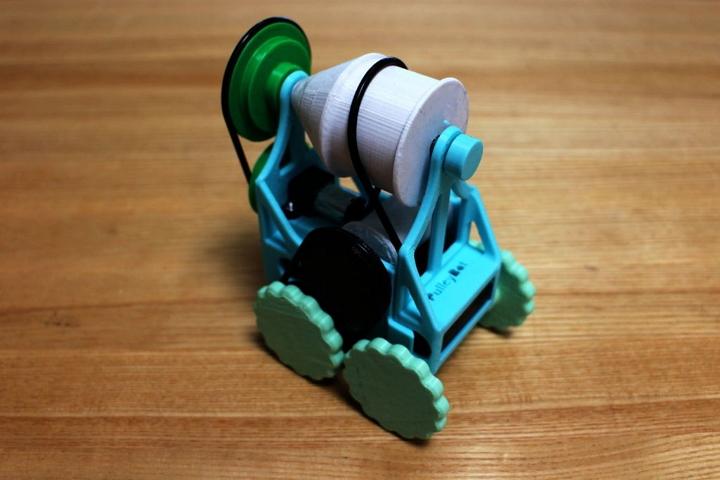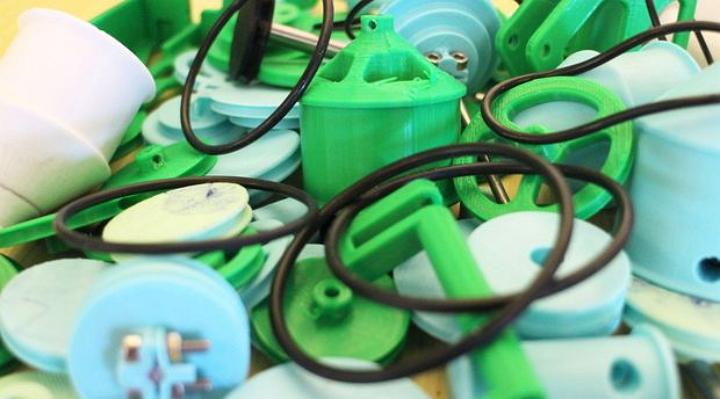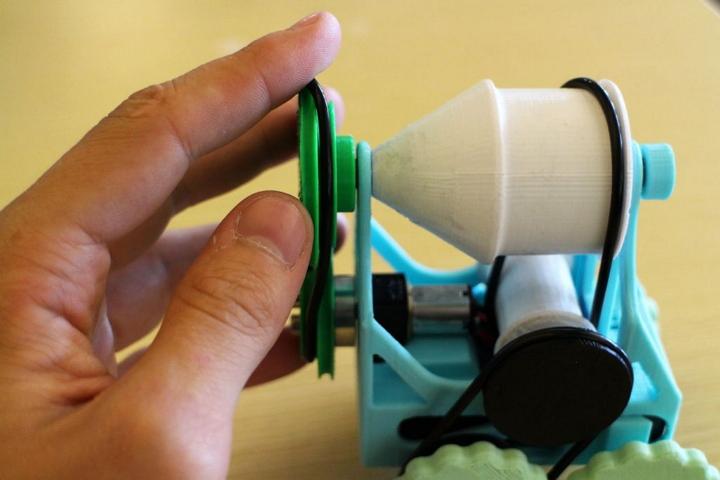 Alex Crease is an engineer, a musician and an adventurer who says he “loves building things and taking others apart to see how they work.” Crease is one of four students who run the 3D printing space at Olin College of Engineering, where he’s a member of the class of 2016. He’s majoring in Engineering with Robotics, and as a leader of the 3D printing space at Olin, he says he’s constantly looking for new ways to use the 3D printers.
Alex Crease is an engineer, a musician and an adventurer who says he “loves building things and taking others apart to see how they work.” Crease is one of four students who run the 3D printing space at Olin College of Engineering, where he’s a member of the class of 2016. He’s majoring in Engineering with Robotics, and as a leader of the 3D printing space at Olin, he says he’s constantly looking for new ways to use the 3D printers.
He’s also developing a 3D printing technique called “co-processing,” a technique he says will be documented and defined in a series of weekly posts on his blog.
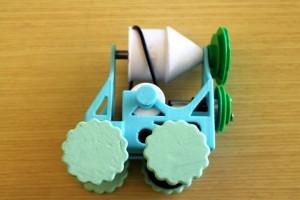 Among those new ways to use 3D printers, Crease has now built what he calls the PulleyBot, a simple and single actuator 3D printed toy with a transmission made entirely of pulley systems.
Among those new ways to use 3D printers, Crease has now built what he calls the PulleyBot, a simple and single actuator 3D printed toy with a transmission made entirely of pulley systems.
The PulleyBot is driven by a system of belts and pulleys in a mechanical transmission. The belt is looped around sets of pulleys and driven via friction.
As for your toolbox, you’ll need a small screwdriver, wire strippers, a .05″ hex wrench, a 3/32 Hex wrench, some solder and a soldering iron, Superglue, a file, a hack saw or band saw, a 3D printer of course and some grease.
Crease began by 3D printing all the necessary components on a MakerBot Replicator 2 at standard resolution, and they were all designed to avoid the need for support material. The parts were all printed in a single job which took some 5 hours and 45 minutes. For the final version, Crease printed out the parts in different colors to show the method of construction and how the pulleys were looped together.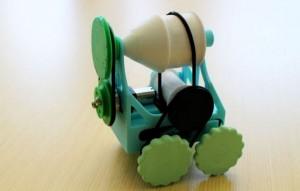
As far as tips are concerned, Crease says it’s a good idea to take some grease and spray or rub it onto the axles and holes for the axles in the chassis pieces. He says he also sprayed the axles and fed them through their respective holes and slid and rotated them a bit to spread the grease around.
To determine which direction you want the PulleyBot to move, turn on the motor and see which way it turns. The axle with the part called the Large_Drum will spin the same way as the motor and the part called Small_Drum will spin toward the front of the bot.
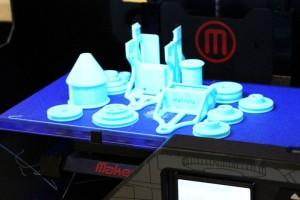 To change the speed the PulleyBot travels, you simply pull up on the O-ring near the pulley with the larger groove radius and then move it down to the adjacent smaller radius pulley.
To change the speed the PulleyBot travels, you simply pull up on the O-ring near the pulley with the larger groove radius and then move it down to the adjacent smaller radius pulley.
If you’re a contrarian and you want the PulleyBot to travel backward, twist one side of the O-ring 180 degrees before placing it in the pulley groove. Crease says this will make the top pulley spin in the opposite direction of the bottom one, and you get it backward.
You can check out all the documentation and a full series of steps to construct your own PulleyBot here on Instructables.
Will you build your own version of this 3D printed PulleyBot by engineering student Alex Crease? Let us know in the PulleyBot forum thread on 3DPB.com.
Subscribe to Our Email Newsletter
Stay up-to-date on all the latest news from the 3D printing industry and receive information and offers from third party vendors.
You May Also Like
Precision at the Microscale: UK Researchers Advance Medical Devices with BMF’s 3D Printing Tech
University of Nottingham researchers are using Boston Micro Fabrication‘s (BMF) 3D printing technology to develop medical devices that improve compatibility with human tissue. Funded by a UK grant, this project...
3D Printing Webinar and Event Roundup: April 21, 2024
It’s another busy week of webinars and events, starting with Hannover Messe in Germany and continuing with Metalcasting Congress, Chinaplas, TechBlick’s Innovation Festival, and more. Stratasys continues its advanced training...
3D Printing Webinar and Event Roundup: March 17, 2024
It’s another busy week of webinars and events, including SALMED 2024 and AM Forum in Berlin. Stratasys continues its in-person training and is offering two webinars, ASTM is holding a...
3D Printed Micro Antenna is 15% Smaller and 6X Lighter
Horizon Microtechnologies has achieved success in creating a high-frequency D-Band horn antenna through micro 3D printing. However, this achievement did not rely solely on 3D printing; it involved a combination...


